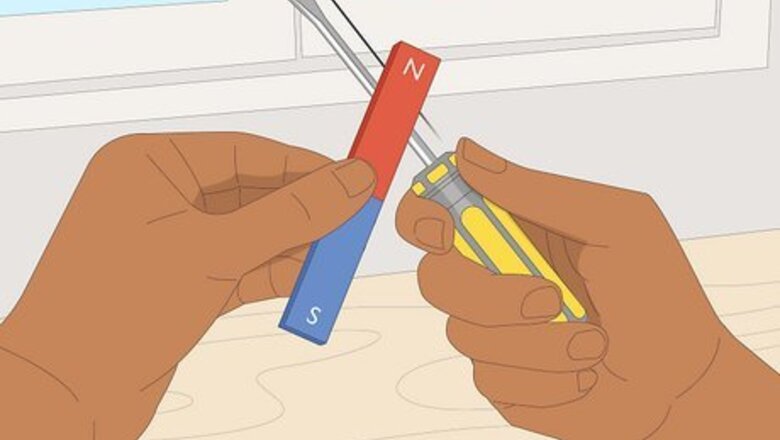
views
- Slide a strong magnet from the handle of the screwdriver to the tip 10-15 times, rotating the screwdriver slightly between each turn.
- Alternatively, strip the ends of a wire and wrap it around the screwdriver, then touch the ends to a 9V battery (see below for important safety info).
- Give your screwdriver a magnetic charge without special tools by pointing it north and gently striking the tip 25-50 times with a hammer.
Using a Magnet
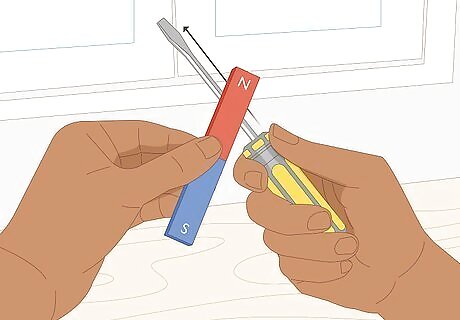
Slide a strong magnet from the handle of the screwdriver to the tip. For best results, use a bar magnet with at least ¼ pounds of pull force, and which is made of neodymium or a rare earth metal. Touch one end of the magnet to the metal surface of the screwdriver, next to the handle, then drag it down to the tip. This causes small magnetic regions (domains) in the iron to align in the direction of the magnet's field. Take a moment to wipe the screwdriver clean with a spare rag before you magnetize it to make the effect stronger. Also, cover the screwdriver with a thin sheet of paper, which helps prevent scratches from the magnet. On a large screwdriver, magnetize the half closest to the tip instead of the whole tool.
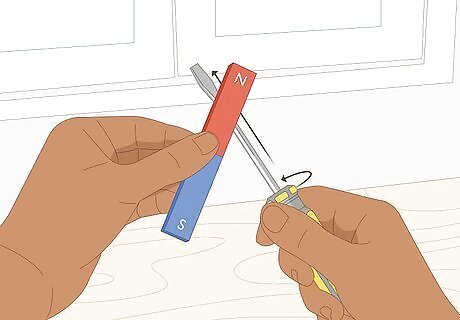
Rotate the screwdriver a quarter turn and repeat the motion. Take the magnet off the screwdriver, turn the screwdriver about 45 degrees in your hand, then drag the magnet from the handle to the tip again. Repeat this 10-15 times, using the same end of the magnet each time. It doesn’t matter which end of the magnet you use, as long as you use the same end on each stroke. If you’re using a circular magnet, the orientation doesn’t matter, but hold it in a consistent position. Do not drag the magnet back from the tip to the handle. This will undo your work.
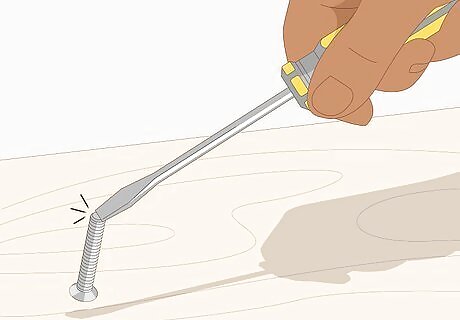
Test the screwdriver’s magnetism on some metal screws. Touch the tip of the screwdriver to a loose metal screw. If the screwdriver can't hold the screw on its tip, repeat the process. If it still doesn't work after 10-15 passes on each side, try again with a stronger magnet. A hard steel screwdriver can stay magnetized for months. If you'd like to demagnetize it, run the magnet back the other way (tip to handle), or whack the screwdriver against the wall a few times to scramble its magnetic domains again.
Using a Battery
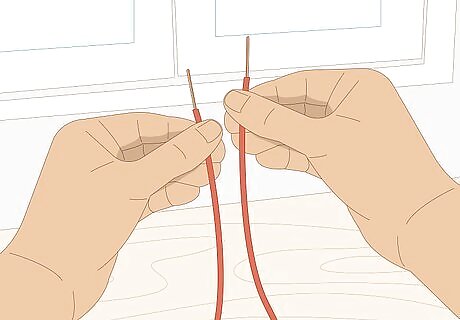
Strip the insulation from both ends of a piece of wire. Cut off a piece of wire at least 7 in (18 cm) long, then strip about an inch (2.5 cm) of insulation off each end. To do this, place the end of the wire in the jaws of a wire stripper, then pull the stripper toward the end of the wire. Thin wire can overheat, while thick wire will be less effective. Try 16–22 AWG (1.3–0.6mm diameter) wire instead. Thinner insulation enables stronger magnetization. Enamel-coated wire gives the best results. To strip the enamel off the ends, rub the end of the wire with 220-grit sandpaper.
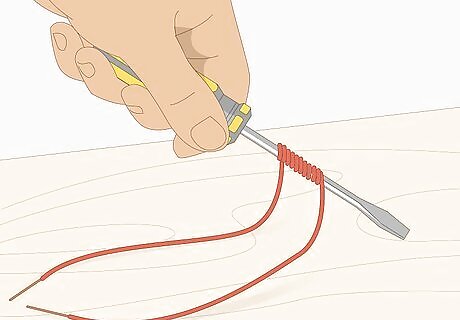
Coil the wire around the screwdriver. Wrap the wire tight around the screwdriver shaft 10 to 20 times. Double back for a second layer if the screwdriver is too short, but don't reverse the direction of the loop. For example, you might work left–right–left along the screwdriver, but make sure to wind every loop clockwise. Tape the wire in place if necessary.
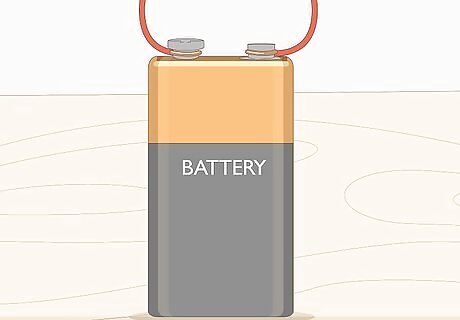
Attach the wires to a household battery for 20-30 seconds. Place the screwdriver on a table, then, holding the insulated portion of the wire, touch the ends to the terminals of a 6V or 9V battery. Touch 1 end of the wire to the positive terminal, and the other to the negative, at the same time. The current flowing through the coils creates a magnetic field, which in turn magnetizes the screwdriver. Using higher voltage batteries is not recommended unless you have experience handling them safely. Anything more powerful than a 9V battery only needs to be connected for a split second to magnetize the screwdriver. Wear insulated gloves to protect from shocks and sparks.

Disconnect the battery. The screwdriver will always be magnetic while connected to the battery, but the wire and battery terminals will heat up quickly. Disconnect the battery after 30 to 60 seconds, then try to pick up a screw with the screwdriver. In most cases, it will still be magnetic. If the screwdriver loses its magnetism after the battery is disconnected, wrap a few more loops of wire and try again.
Other Ways to Magnetize a Screwdriver
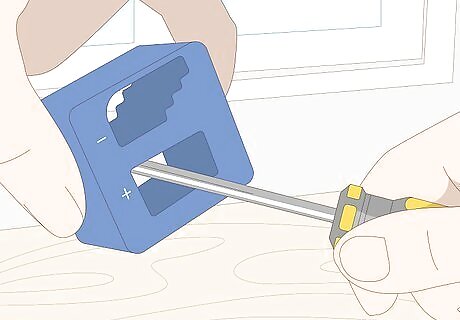
Use a commercial magnetizer tool. Many hardware stores sell magnetizer tools specially made for magnetizing screwdrivers. They vary in design, but typically operate in much the same way. Insert the end of the screwdriver into the indicated slot, then slow drag it back out. Often, these tools also provide a slot that demagnetizes the screwdriver using the same method.
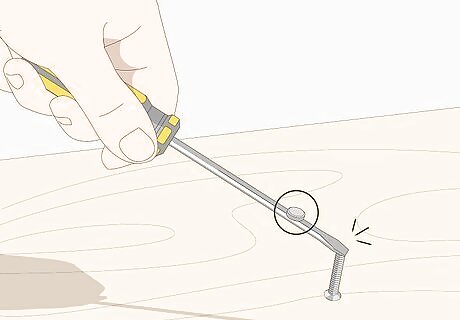
Use a small magnet to give a screwdriver a weak pull. If you don’t have a strong magnet on hand, you may be able to use a fridge magnet or another small magnet. Place the magnet just below the tip of the screwdriver and keep it there as you work. The small magnet lends the screwdriver’s tip a small magnetic charge—sometimes enough to hold onto screws. Test this method with a loose screw before you try it on your project. Not every small magnet is strong enough to lend a charge.

Hit the tip of the screwdriver with a hammer. Tape the screwdriver down so the tip points north. Gently but firmly strike the tip of the screwdriver 25-50 times, or until it gains a charge (test it by trying to pick up a screw). Hitting the screwdriver knocks loose the atoms in the iron and encourages them to realign with the earth’s magnetic field, magnetizing the screwdriver. The screwdriver will become less magnetic over time. Dropping the screwdriver or hitting things with it will demagnetize it more quickly. Be careful and monitor your screwdriver for damage as you work. If the hammer deforms your screwdriver, try another method, instead.

















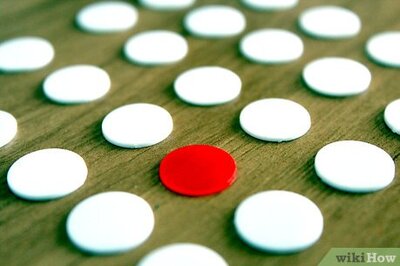


Comments
0 comment